The Global Pain Management industry is projected to grow from USD 75.15 Billion in 2024 to USD 114.33 Billion by 2032, exhibiting a compound annual growth rate (CAGR) of 5.39% during the forecast period (2024 - 2032).
The pain management market continues its upward trajectory driven by rising chronic pain cases globally. With increasing awareness, technological advancements, and novel therapies, the market is poised for significant growth. Pharmaceutical interventions remain dominant, with opioids, NSAIDs, and anticonvulsants leading the segment. However, non-pharmacological approaches like physical therapy, acupuncture, and cognitive-behavioral therapy gain traction due to concerns over opioid abuse and side effects. Moreover, the emergence of innovative medical devices such as neurostimulators and analgesic patches revolutionizes pain management. Market players focus on research for safer, more effective treatments, emphasizing personalized medicine. Regulatory reforms and healthcare expenditure dynamics shape market trends.
The pain management market is witnessing significant growth as more individuals seek relief from conditions like sciatica, back pain, and knee pain. Sciatica pain treatment, focusing on alleviating the discomfort caused by the compression of the sciatic nerve, has become a focal point for many patients. Methods range from physical therapy and exercises to medication and in severe cases, surgical interventions. Similarly, back pain relief remains a top priority, with various approaches including chiropractic care, acupuncture, pain medications, and lifestyle modifications such as ergonomic adjustments.
Knee pain treatment has also evolved, catering to individuals affected by osteoarthritis, injuries, or other underlying conditions. Orthopedic interventions like knee braces, physical therapy, corticosteroid injections, and surgical procedures like knee arthroscopy are common remedies. The pain management market responds to these demands by offering a wide array of products and services tailored to individual needs.
Innovations in pain management techniques, including minimally invasive procedures and advanced pain-relief medications, continue to shape the market landscape. Moreover, the integration of technology such as telemedicine and wearable devices facilitates remote monitoring and personalized treatment plans. As awareness grows regarding holistic approaches to pain management, the market is expected to expand further, addressing the diverse needs of patients seeking relief from sciatica, back pain, knee pain, and beyond.
Market Segmentation
The segment analysis of global implantable pain management devices is done by type and application.
The type-based segments of the global pain management devices are stimulators, pumps, and ablation devices. Stimulators are further sub-segmented into neuromodulator devices and transcutaneous electrical nerve stimulation (TENS) devices.
The type-based segments of the global neuropathic pain medication are cancer pain, musculoskeletal pain, migraine, and others.
Key Players
The global pain management companies are Boston Scientific Corporation (US), Baxter International Inc. (US), Medtronic Plc (US), Bio-Medical Research (BMR) Ltd. (UK), St. Jude Medical (US), Codman and Shurtleff, Inc. (US), Hospira Inc. (US), Stryker Corporation (US), Smiths Medical (UK), Kimberly-Clark Corporation (US), B. Braun Melsungen AG. (Germany) and Pain Management, Inc (US), and DJO Global LLC (US).
Regional Analysis
Based on the region, the global pain management devices market is segmented into North America, Asia-Pacific, Europe, and the Middle East and Africa. As per the analysis, North America is estimated to procure the largest market share owing to its high per capita income. Further, the region has a sufficient budget allotted for research and development, along with the fast adoption of technology in the region, which is predicted to accelerate demand substantially during the forecast period. In addition, government initiatives, rising awareness among people are projected to drive the regional market additionally.
Europe is anticipated to acquire the second largest market share owing to the rise in the geriatric population. Further, the technical development in the region is further accelerating the demand. Germany is estimated to dominate the European market by procuring the largest market share in the region.
However, the APAC region is anticipated to be the fastest-growing region owing to the increasing demand for these devices. The rapid development of healthcare infrastructure in developing countries such as India, Japan, and China is making a substantial contribution to strengthening the market during the forecast period. Further, the developing regions are witnessing a rise in disposable income, leading to the expansion of the regional market.
Cerebral Vascular Stent market
For More Information, Please Visit @ Market Research Future



